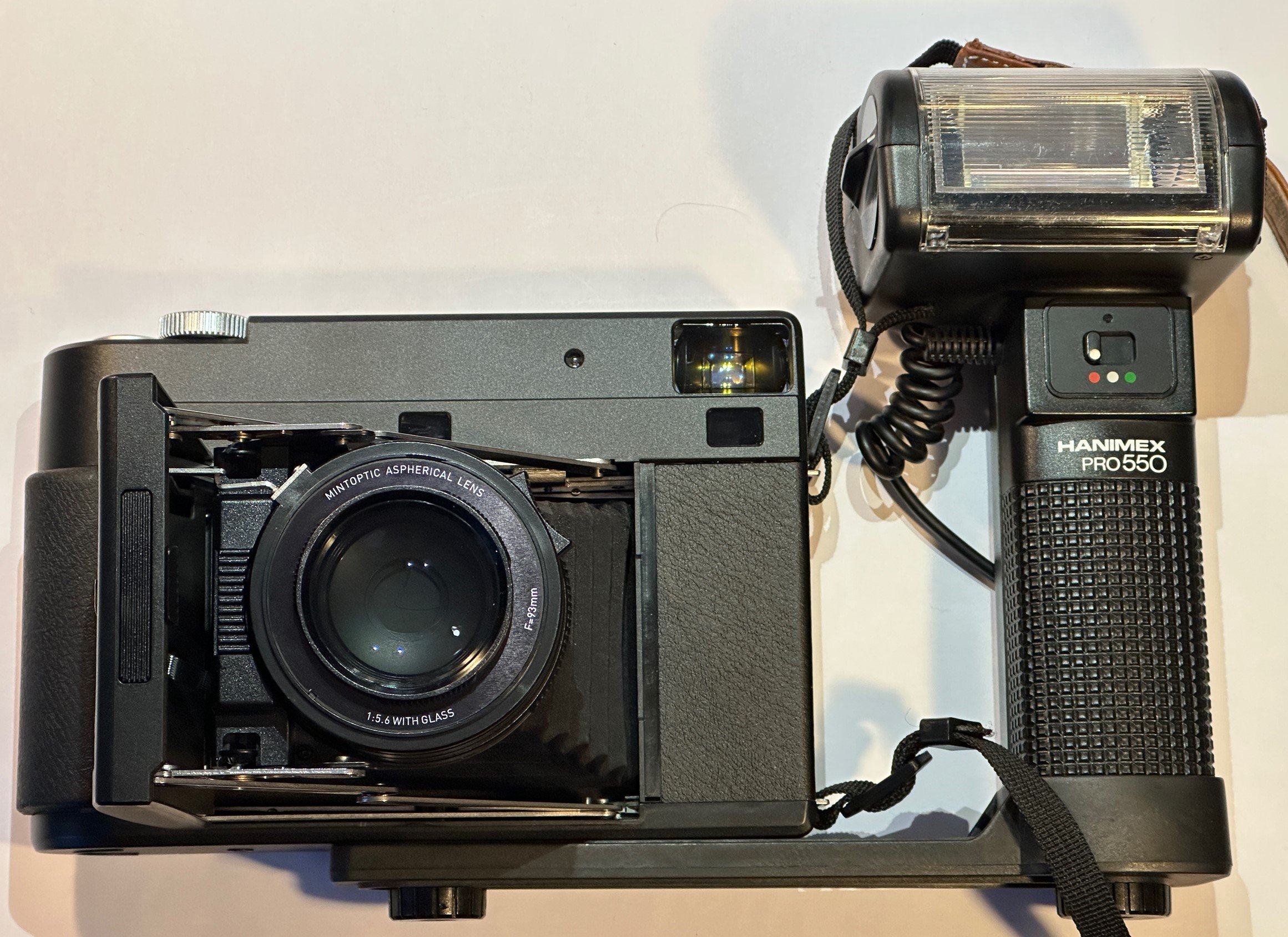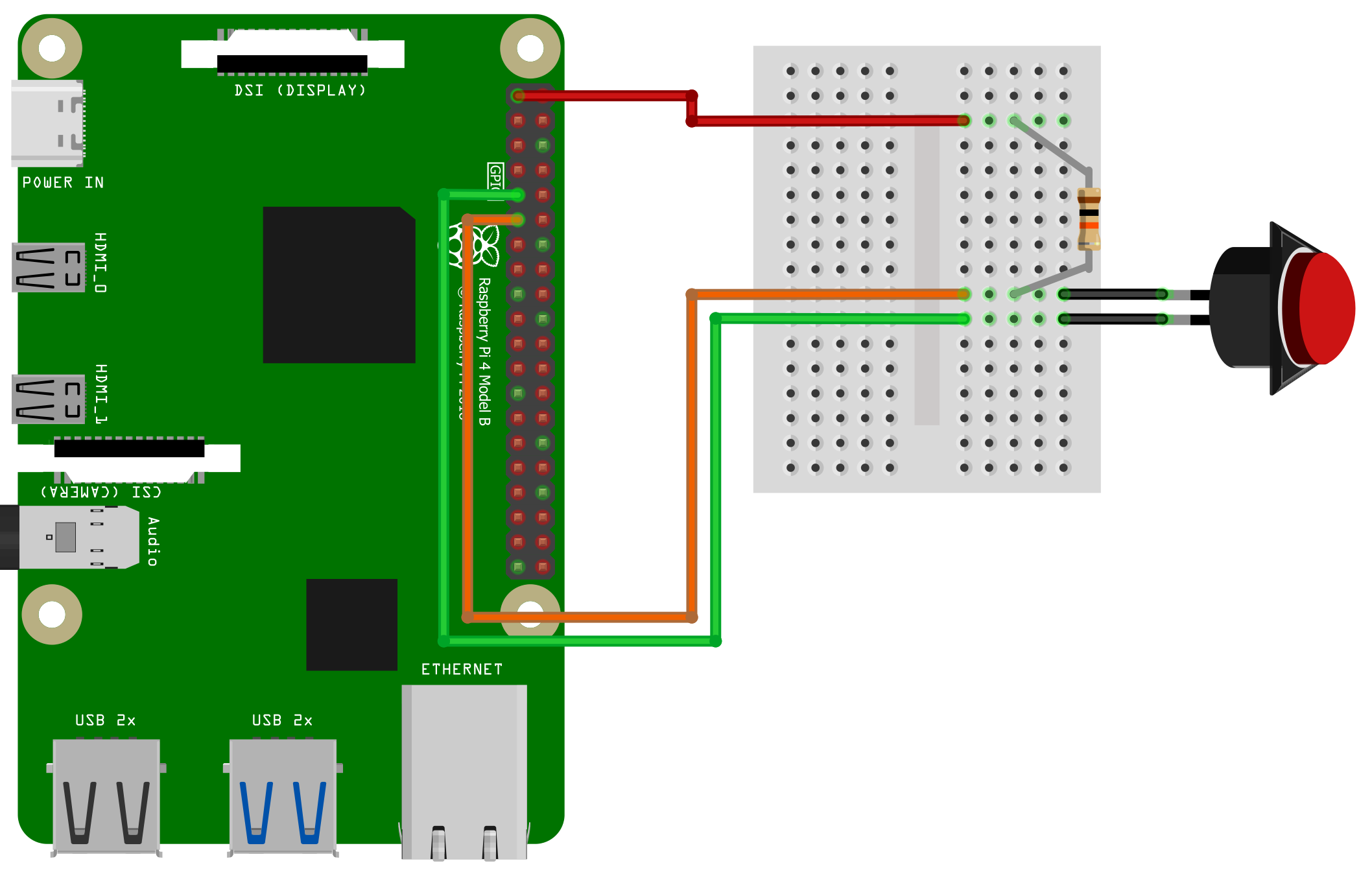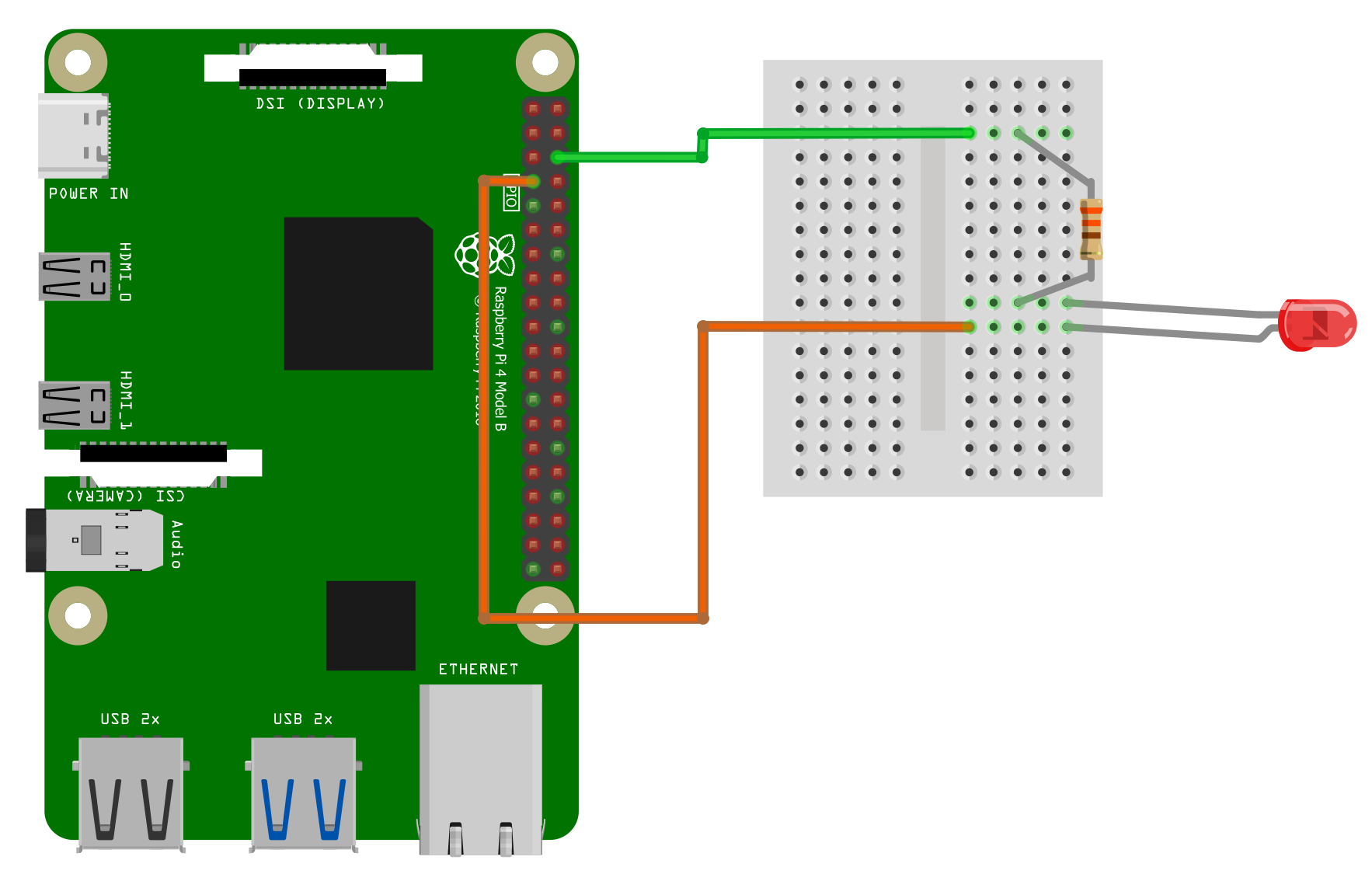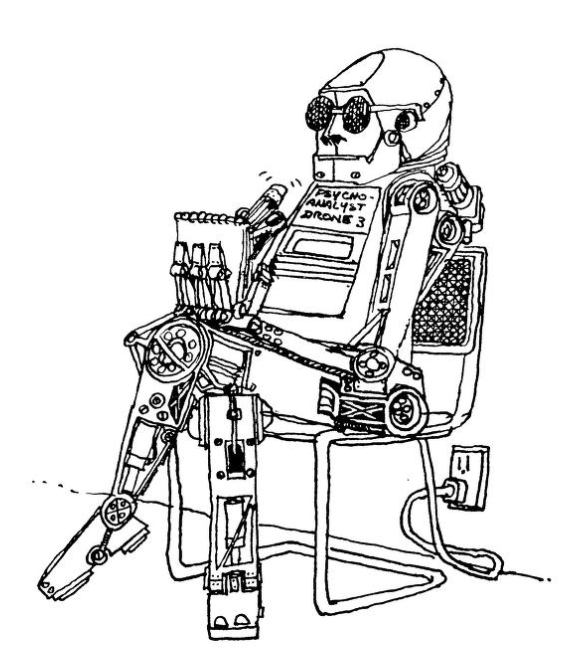Christmas Eve with Hull Pies
/It’s becoming a family tradition (we’ve done it twice) to celebrate Christmas Eve with Hull Pies. Strongly recommended.
Rob Miles on the web. Also available in Real Life (tm)

It’s becoming a family tradition (we’ve done it twice) to celebrate Christmas Eve with Hull Pies. Strongly recommended.

We had a quick go at Nintendo Switch Sports this afternoon. We just played the golf (great fun) and bowling (also great fun). I’ve got very fond memories of the Wii Sports game from way back and it was nice to see that the new version keeps all the fun. And the players now have legs. I’m looking to playing the other games in the package.

If you’re looking for a last minute Christmas present packed with ideas and fun you could do a lot worse than get some lucky person a copy of the latest HackSpace magazine which has just come out. And, to make it even better it contains an article I wrote, all about making cases and covers for gadgets by using “not-sewing sewing”.

I mentioned a while back that one of the robot dogs has a broken battery and I was getting a new one. It arrived today. Above is the battery we got. We just had to drop a couple of flat topped cells into it. They can be found here. We were able to have both dogs wandering around which was rather nice.

I took the picture with the Mint RF70 instant camera using the built-in flash. I’m quite happy with this one.

Thieving Harry’s is a Hull institution. We went there for lunch today. They were doing Christmas burgers which turned out to be awesome.

We really should have tried these though….

Something of a minority interest here folks. But, as I’ve said before, My Blog. Anyhoo, I finally got around to making an adapter to plug the big flash gun on the right into the funky camera on the left. I’d been a bit nervous about doing this because when you stick a plug into something you instantly have a new way of breaking it. I was worried that waggling the plug might damage the camera socket. Fortunately Switch Electronics (based in Hull) had exactly what I needed for the princely sum of 66 pence. It’s a right angle plug that fits nice and flush on the camera and doesn’t look like it will do any damage.

Note that if you do decide to use a plug like this, make sure that you fit the round rubber ring (you and see it on the left hand side of the image above) over the wire before you solder the wire onto the plug. The ring holds the case on. If, like me, you forget this important detail any people in the room with you will learn some “interesting new words” when you realise that you now have to take off the plug you have just soldered on so that the ring can be fitted. Fortunately I was able to get the ring around the plug on the other end of the cable, but you might not be so lucky.
I got the flash going and figured out how to use it. It has automatic and manual modes. When “white” is selected you get full power. Set the dial on the side to the speed of your film (remember film?) and then you can measure the required aperture against the distance your subject is away from the flash. Set it to green and you can fix the aperture (remember aperture?) and the flash will measure the light reflected from your subject and make the exposure right. Red does the same job, but at higher power so you can use a smaller aperture.
I took some pictures that came out really well. They are of people, so they won’t be appearing in the blog (company policy) but take it from me that the combination works a treat. Especially if you point the flash at the ceiling so that the light is spread out.
One final tip. Don’t look directly at the flash when testing it. This can leave you with coloured blobs in your vision for the next hour or so…..

This post is for all the old-timers out there who have fond memories of the MS-DOS command prompt and have bother remembering all the new-fangled (but awfully powerful) PowerShell commands in Windows. You can get back all your command prompt goodness by with the command cmd, which starts a command processor with all the old style commands. As you can see above.
I’ve just had to use this when while deploying a web application to a Linux-powered device. I had a bunch of image files that had the extension “.jpg” which were referred to in the code as “.JPG”. The Windows filestore doesn’t mind this. But Linux does. So all my image links were broken. What I wanted to do was rename all the extensions. You can probably do this in PowerShell. But I can definitely do it in MS-DOS:
rename *.jpg *.JPG
So it was in with the old, out with the rename and the site now works. And I, not for the first time, must try to focus on greater consistency in my coding….

The tree is now up in the living room and the posh biscuits are now out. I think we are entering the Christmas Zone.

More JavaScript and hardware fun for the Begin to Code the Cloud book. When you press the button above everybody viewing the page will see a message in their browser. Amazing stuff.

I’m hankering after another robot dog. As you do. I asked Dall-E 2 for a picture of “aibo robot dog tearing up money“ to illustrate this post and it came up with the above image. Which is pretty impressive.

I’m writing the final chapter of the book at the moment. I’m calling it “JavaScript technologies”. The idea is to leave the reader with some ideas of things that they can do with JavaScript that they might not expect. For example, how about a website that you can visit to turn a light on and off?
This has turned out to be a wonderful example of how simple it is to deploy complex technology today. You can start with an empty Raspberry Pi and a memory card and within a few minutes you an have a device that you can attach to your home network and access remotely. You can make the device host a web server, wire up a few pins (see above) and have a site you can access with the browser in your phone to make the light work. Completely amazing.

After the success of the debut of “Bluey” at the hardware meetup last week I thought I’d get my other robot dog, “Digby II” working. Unfortunately he is not well. His 20 year old battery has finally given up the ghost so we are down to being a one-dog family. There are people who will put new cells into an old battery. You can also make your own battery controller and build your own batteries. Or you can get a battery made for you. I’ve gone for the last option. This should solve the problem and make it really easy to replace the batteries if they wear out again. Hopefully we can get the dogs back in action together before Christmas.

I wrote 24 pages of the book today. This is an impressive number, and almost entirely misleading. What it means is that I spent the day taking the exercises I’ve developed over the last four days and creating screenshots and the narrative that goes with them. It was fun though.
One of the takeaways from the DDD event a while back was that I need to take a look at Notion. At the moment I manage my life using a single Word document and a few carefully named folders. That has been showing strain for a while. I’d really like to do proper project management and also keep track of things I’ve found out about stuff. I think that Notion will do all this, and probably a lot more, so I’ve signed up and installed a bunch of copies on machines around the place. I think this is going to be fun.
It seems to have got rather cold here. I’m having to give the computer hard sums so that it warms the room up.

After yesterday's post I asked ChatGPT to compare ChatGPT and Eliza. It wrote this:
ChatpGPT and Eliza are both AI-powered conversational systems, but they are quite different in terms of their capabilities and intended uses.
ChatpGPT is a state-of-the-art language model developed by OpenAI that is capable of generating human-like text in response to input from a user. It can be used for a variety of purposes, including generating creative writing, responding to customer inquiries, or engaging in conversation with users.
Eliza, on the other hand, is a much simpler program that was developed in the 1960s. It uses a set of rules and patterns to generate responses to user input, and is intended primarily as a demonstration of how computers can simulate conversation. Unlike ChatpGPT, Eliza is not capable of generating original text and is only able to produce responses based on the rules that it has been programmed with.
Overall, ChatpGPT is a much more advanced and capable system than Eliza, but Eliza has its own unique place in the history of AI.
You could believe a person wrote this, just like you could believe Eliza was a psychiatrist. But if you look closer you see a well put together pastiche of a few facts gleaned from the web, plus one paragraph straight from the sales brochure. It’s cleverly done. But I still don’t think it’s clever.

Many years ago there was a program called Eliza. It was very good at making people think it was human. I came across a Basic version in “More Basic Computer Games”, typed it into my Micro-Tan and got it working. It was great fun. It pretended to be a type of psychiatrist but all it ever did was parrot back to you what you had entered. My favourite bit of the code was the part which changed "I” to “Your” and “Me” to “You” etc so that it could be sent back to the user as if the computer understood what you had just written. What struck me about the reaction of other people to the program was how easy it was to make them think the thing understood what they had entered and, which is much more scary, how keen folks were for this to be the case. They really wanted to believe the software was properly clever. Me, I just wanted to type in things like “I’ve just shot grandma” so that I could get back the response “You’ve just shot grandma? Tell me more about your family”.
I was strongly reminded of Eliza when Ross was showing me how good ChatGPT is at writing programs. He asked for some Arduino code to make lights flash in response to sensors and what came back looked like fairly convincing C. It was very impressive. But it it is still not clever. It is just taking a bunch of stuff from you, looking things up and then crafting a response that chimes with what you expected to see. Sometimes it might combine things in ways you don’t expect, sometimes it will find things that strike you as original. And it might react differently from Eliza if you tell it you just shot grandma. But I don’t think it’s clever like we are. That’s not to say that it won’t change the world though. It will. For one thing search engines are going to get a lot easier to use and a lot more conversational. For another, the essay and the programming exercise are about to get massively devalued as a way of assessing knowledge. Some students will use ChatGPT to craft their submissions. Others will question why they are being asked to write something which can be done better by a machine.
For me the hardest thing about writing and programming has never been about turning out the prose or getting the code to work (although it can be fiddly), it has been working out what the program needs to do or thinking up a good subject and then crafting a narrative that works well with it. I like to think that with more of the “grunt work” out of the way with tools like ChatGPT we could focus our efforts on these human parts of problem solving. I’m looking forward to playing with it.

We had our Hardware Group Christmas Meetup at Hull Makerspace this evening. We had sweets, mince pies, instant pictures, a robot dog and a digital trombone. As you do. Much fun was had. I’d taken along “Bluey” my Sony Aibo (he’s called Bluey because he’s, well, bluey) and he was on fine form. He could easily see his pink ball against the Makerspace floor and it was great to watch him chasing it around the place. We’ll be having more events next year. I’ll keep you posted.

It is quite fun working with chemical photography instead of digital. It behaves in ways you might not expect. If you put too much light on the Instax film it goes dark and then produces a negative of the image. The picture on the left shows this in action. It is supposed to be a multiple exposure of some lights.
The centres of the bulbs should be bright white rather than purple or green. This is due to some chemical reaction or other. People have even managed to create proper looking pictures by shining very powerful flashes onto negative images. Instant photography has made picture taking harder, costlier and more of a lottery in terms of what you get. I love it.

I got this lovely email today. It turns out that the best way to become one of the top Red Nose Day fundraisers is to run your fund raiser nine months after the event.
And you can still help here.
Rob Miles is technology author and educator who spent many years as a lecturer in Computer Science at the University of Hull. He is also a Microsoft Developer Technologies MVP. He is into technology, teaching and photography. He is the author of the World Famous C# Yellow Book and almost as handsome as he thinks he is.